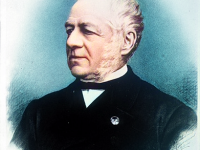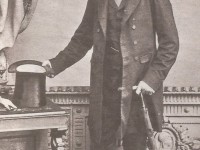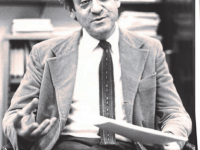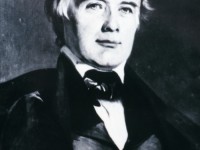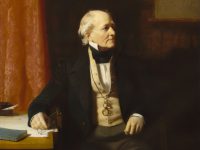Christophorus Buys Ballot and the Weather Systems
On October 10, 1837, Dutch chemist and meteorologist Christophorus Buys Ballot was born. Buys Ballot is the namesake for Buys Ballot’s law and the Buys Ballot table. Buys Ballot showed that northern hemisphere winds circulate counter-clockwise around low pressure areas and clockwise around high pressure areas. Christophorus Buys Ballot – Youth and Education Christophorus Henricus Didericus Buys Ballot was the son of Anthony Jacobus Buys Ballot, pastor to Kloetinge and Geertruida Françoise Lix-Raaven, born in…
Read more

